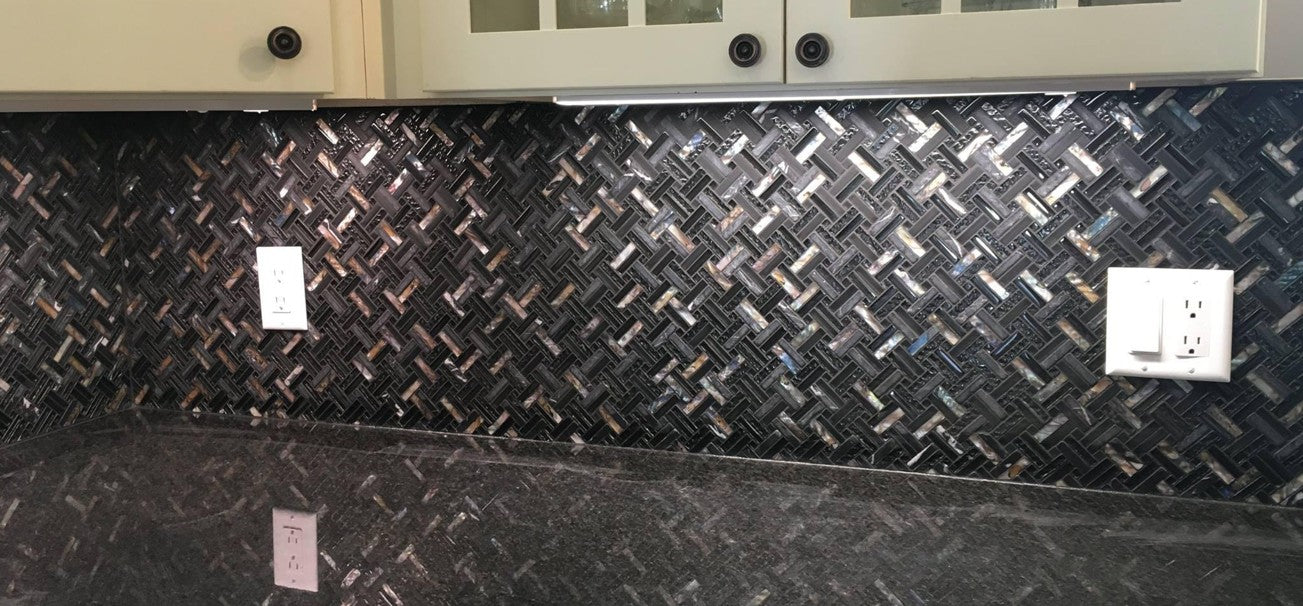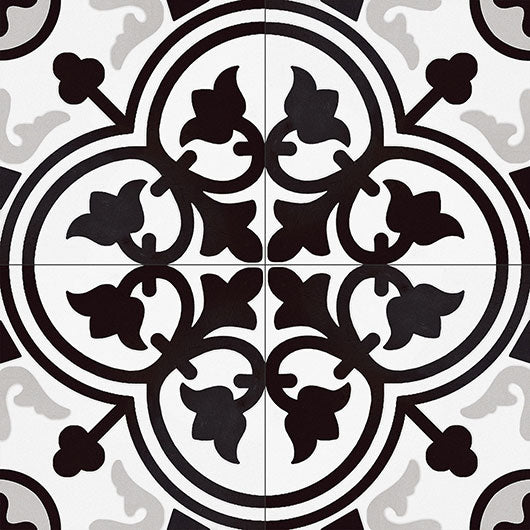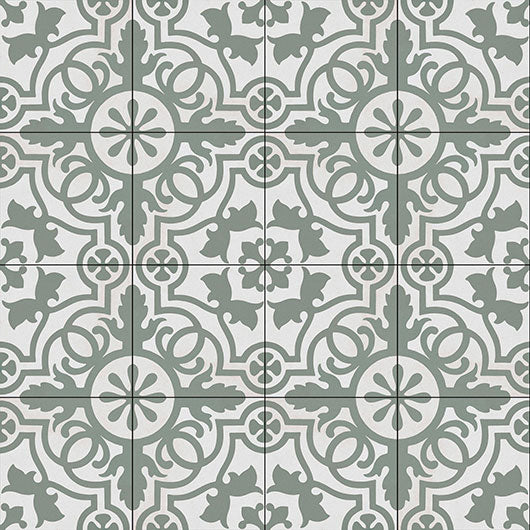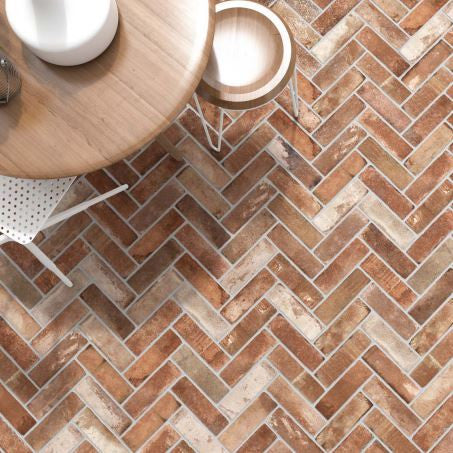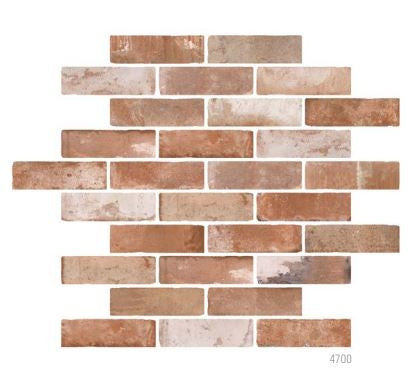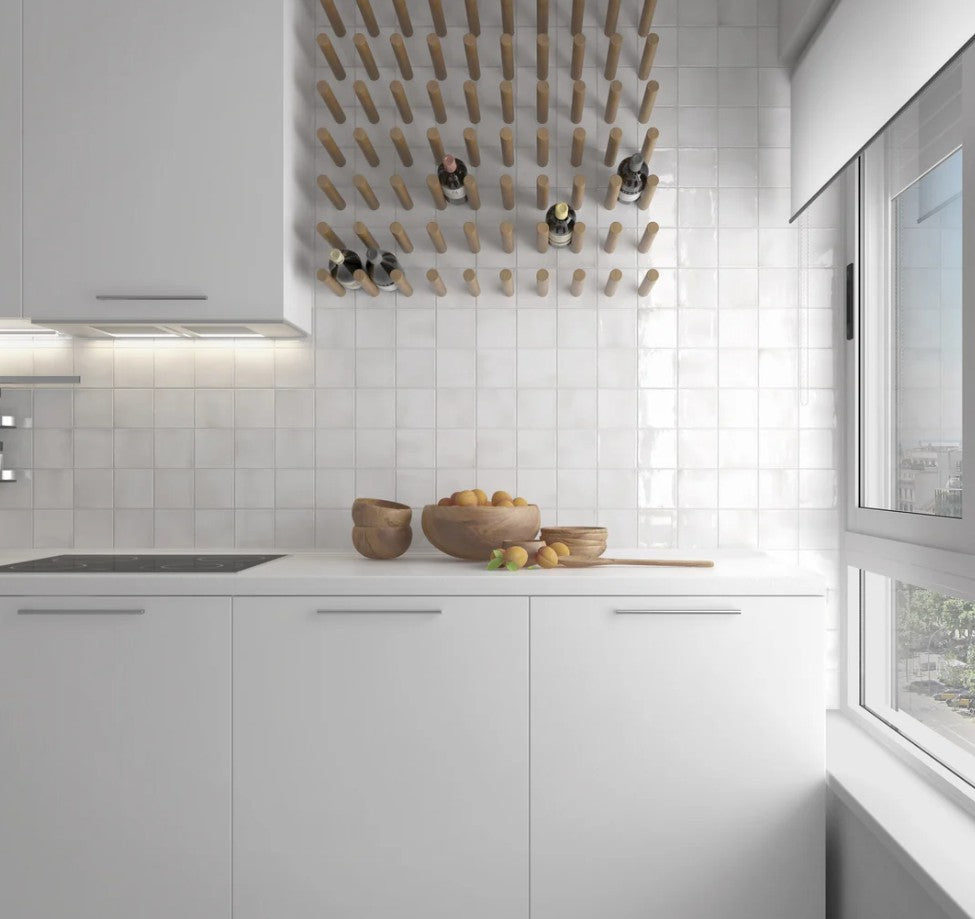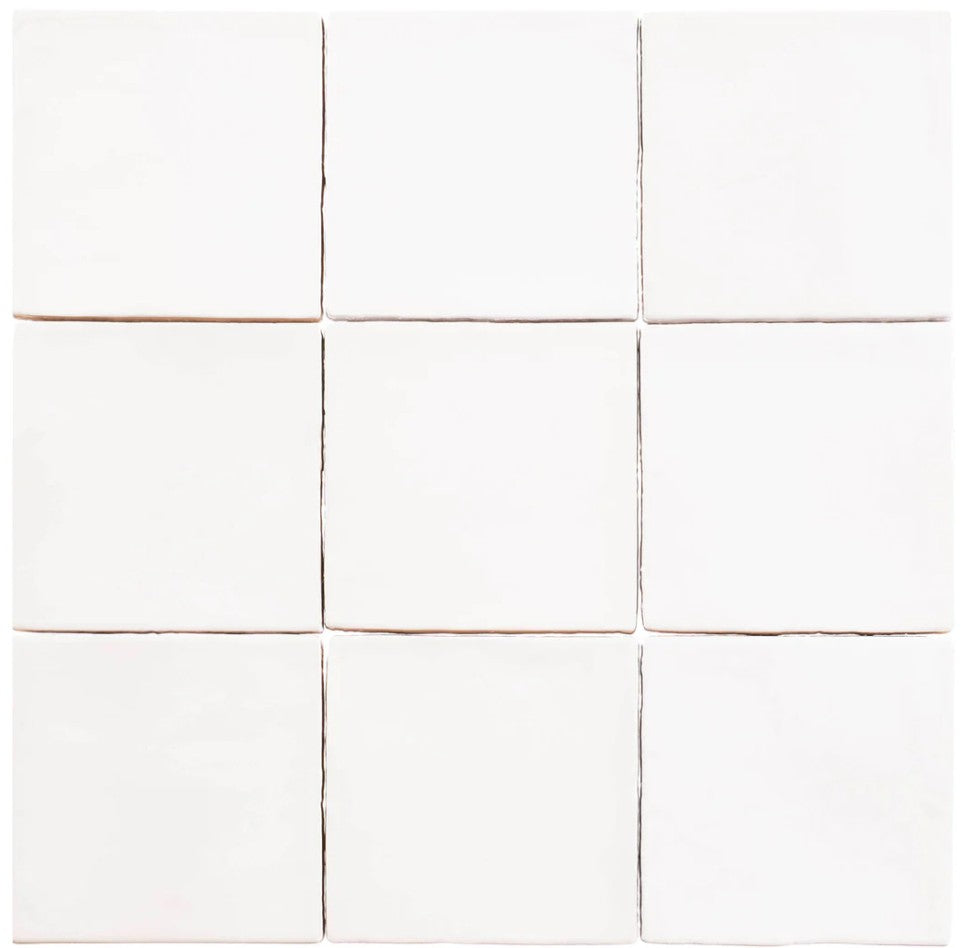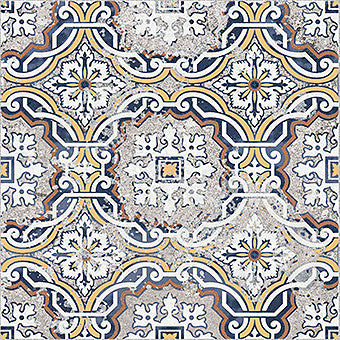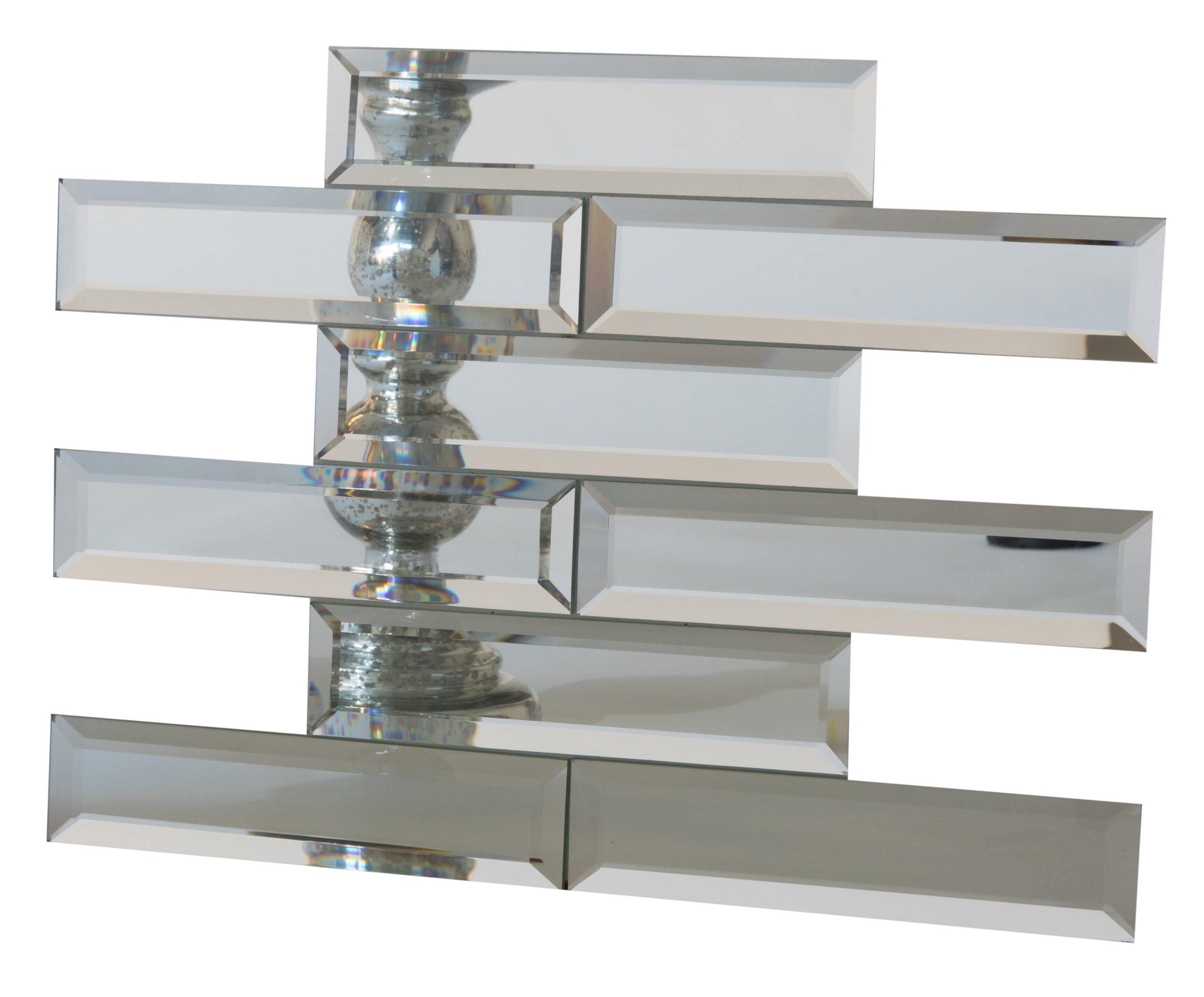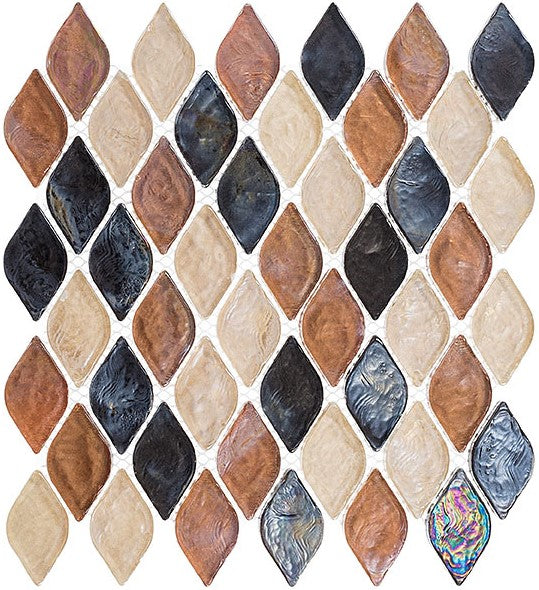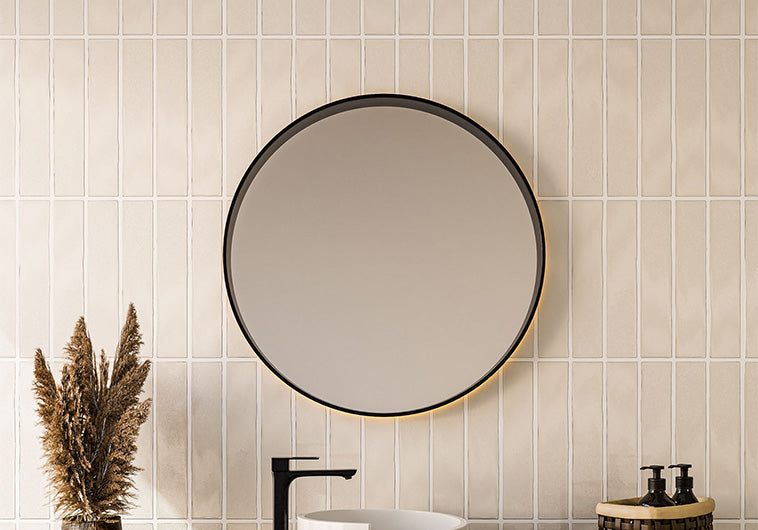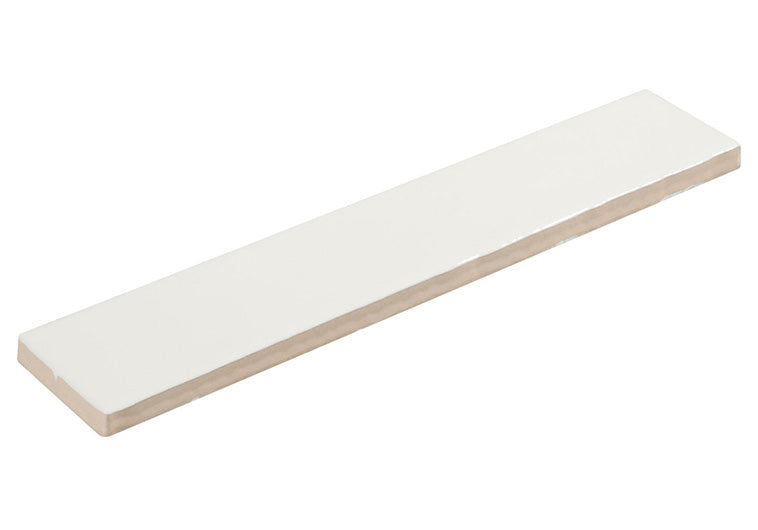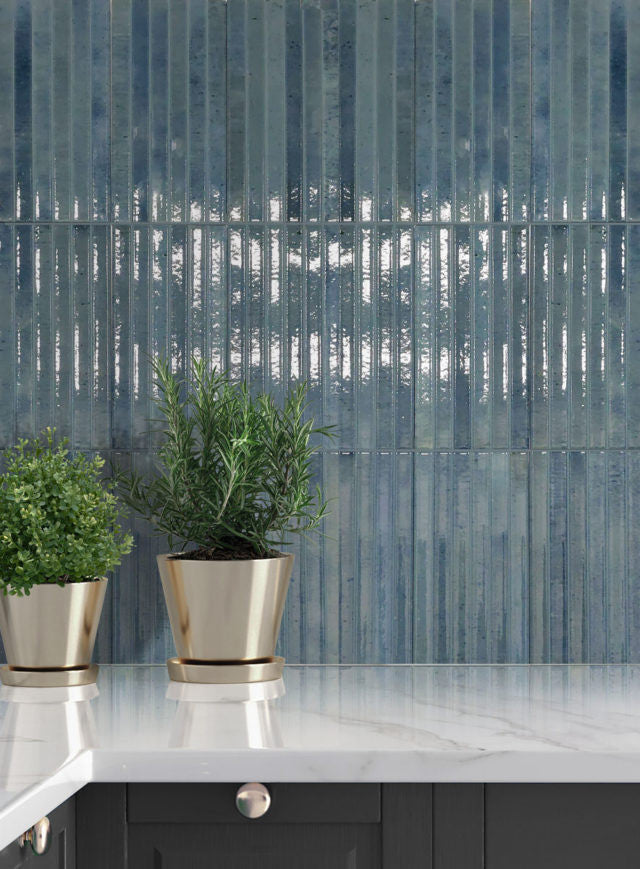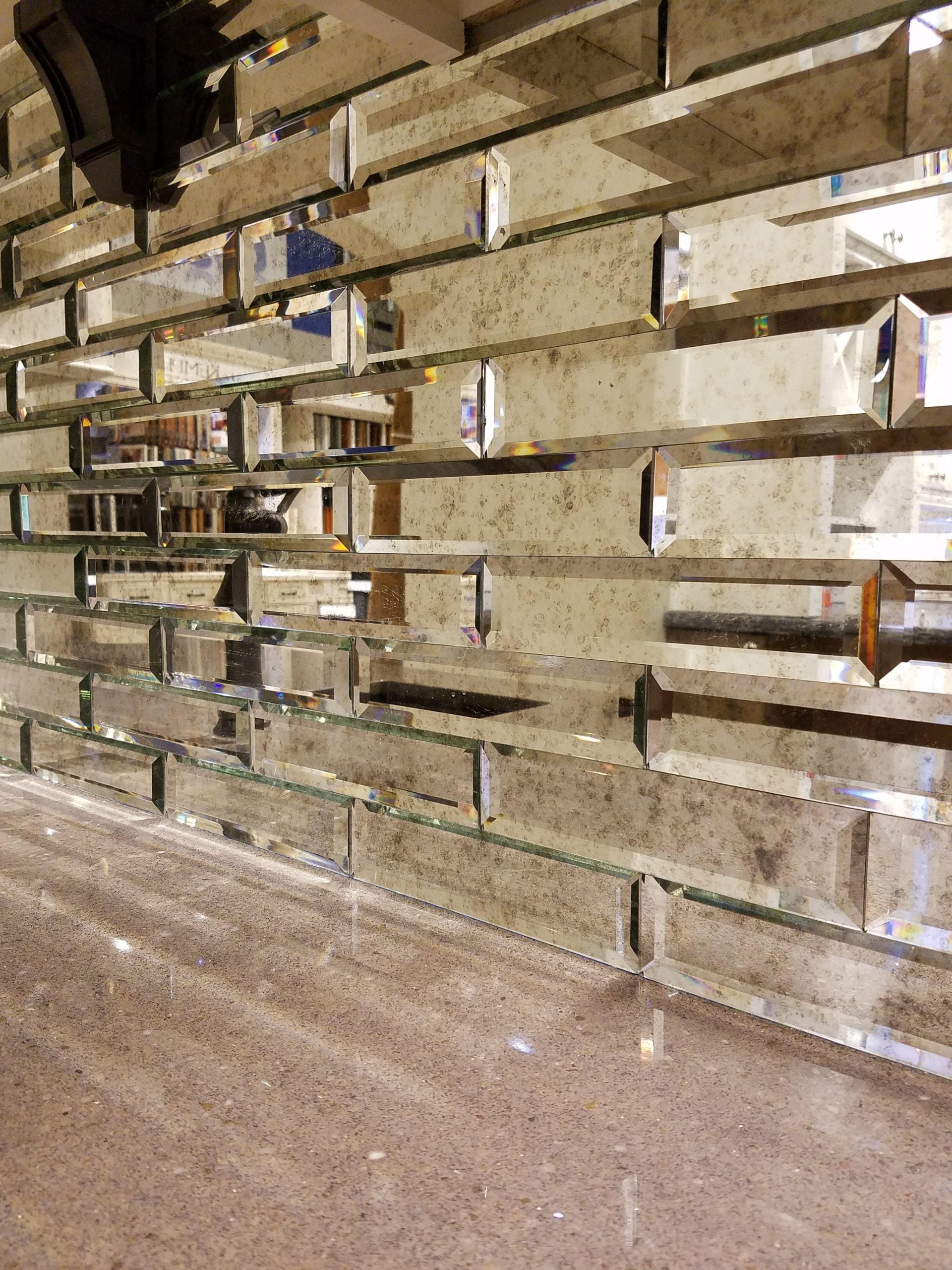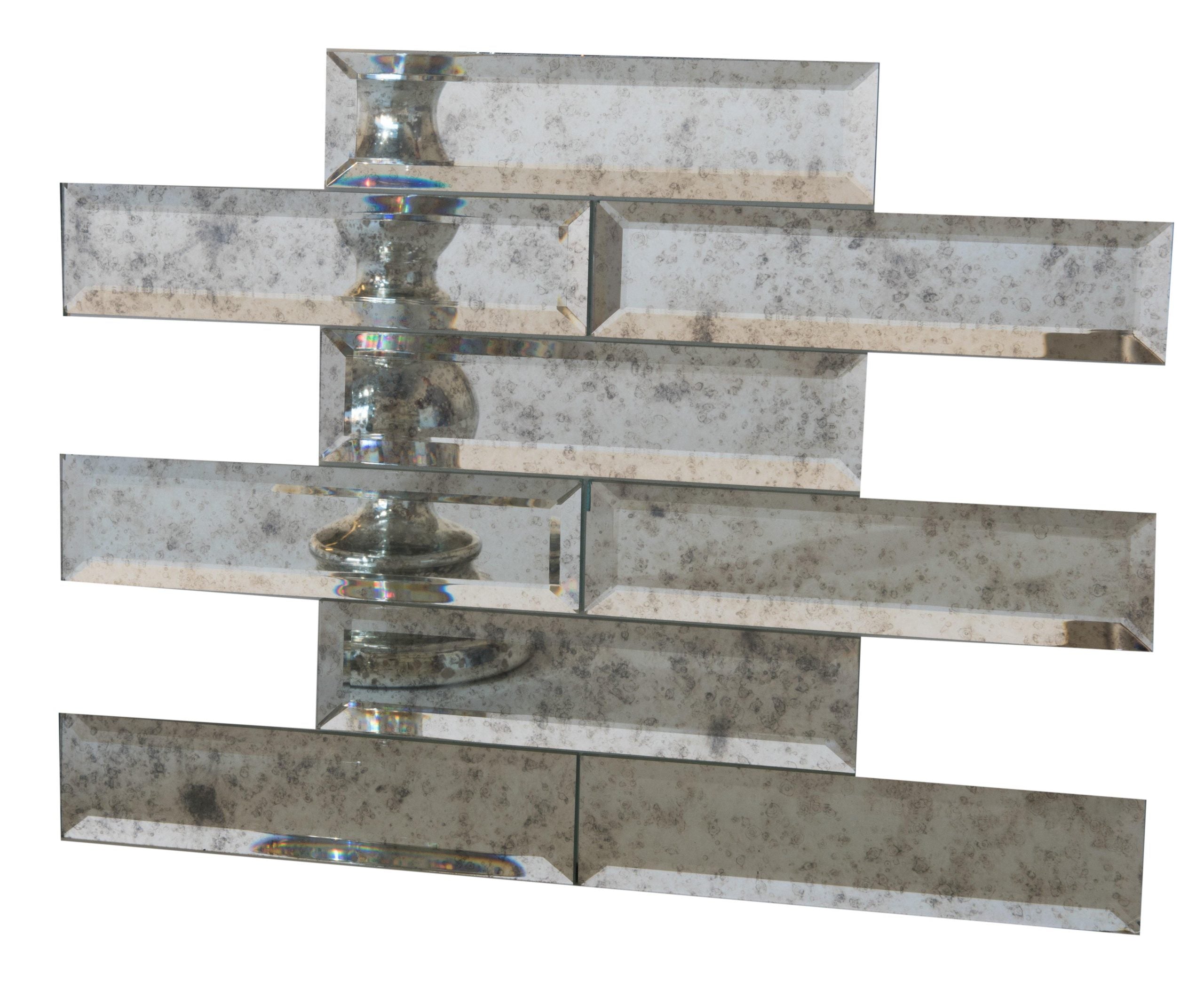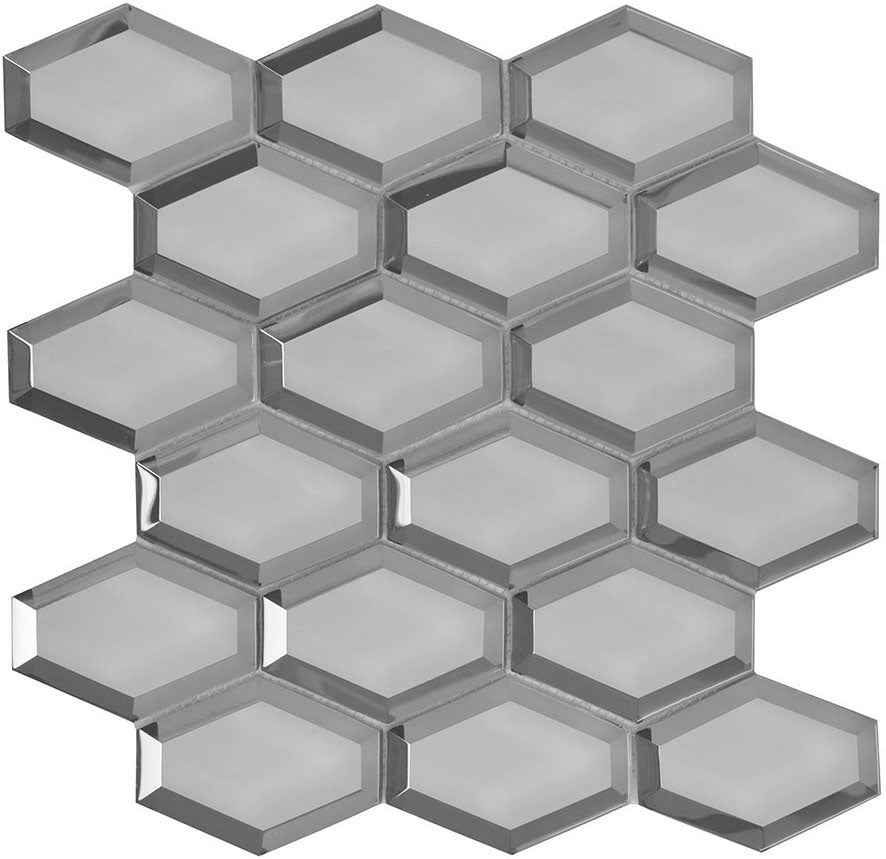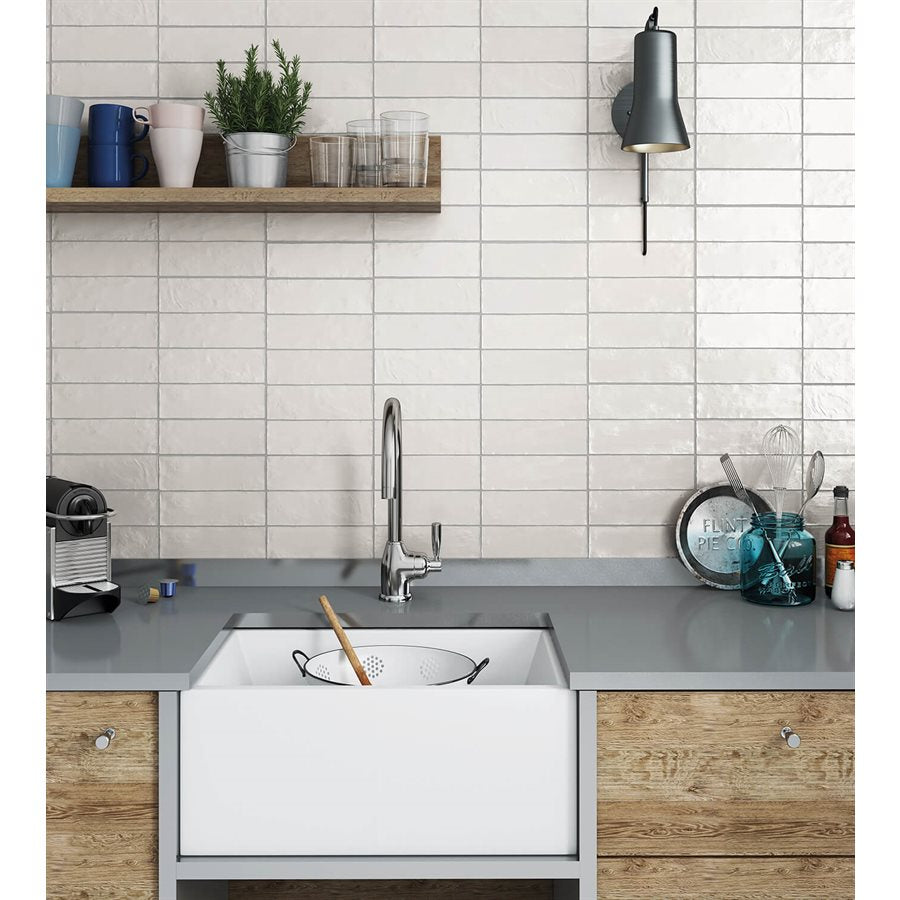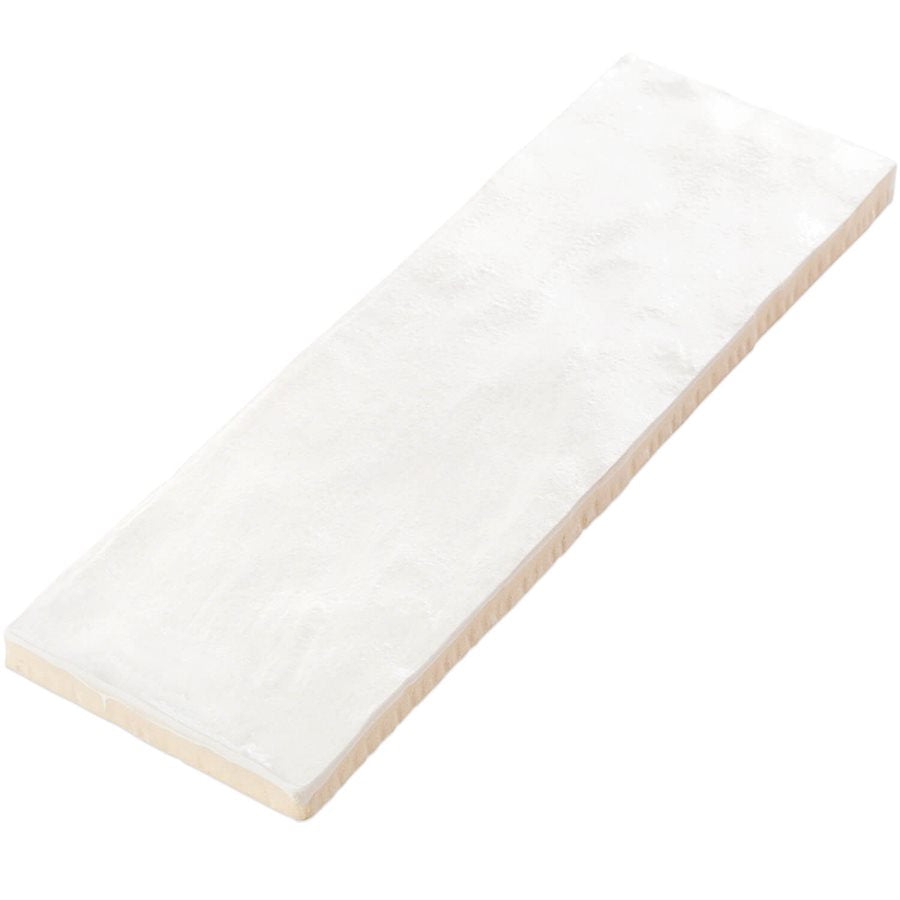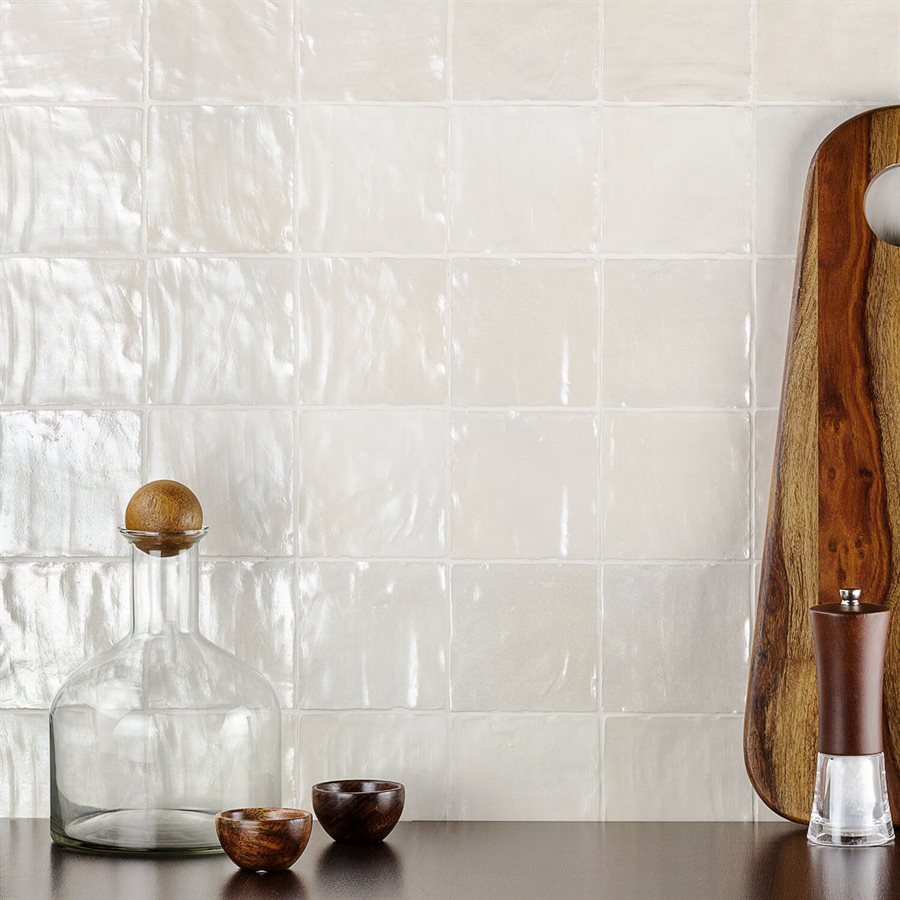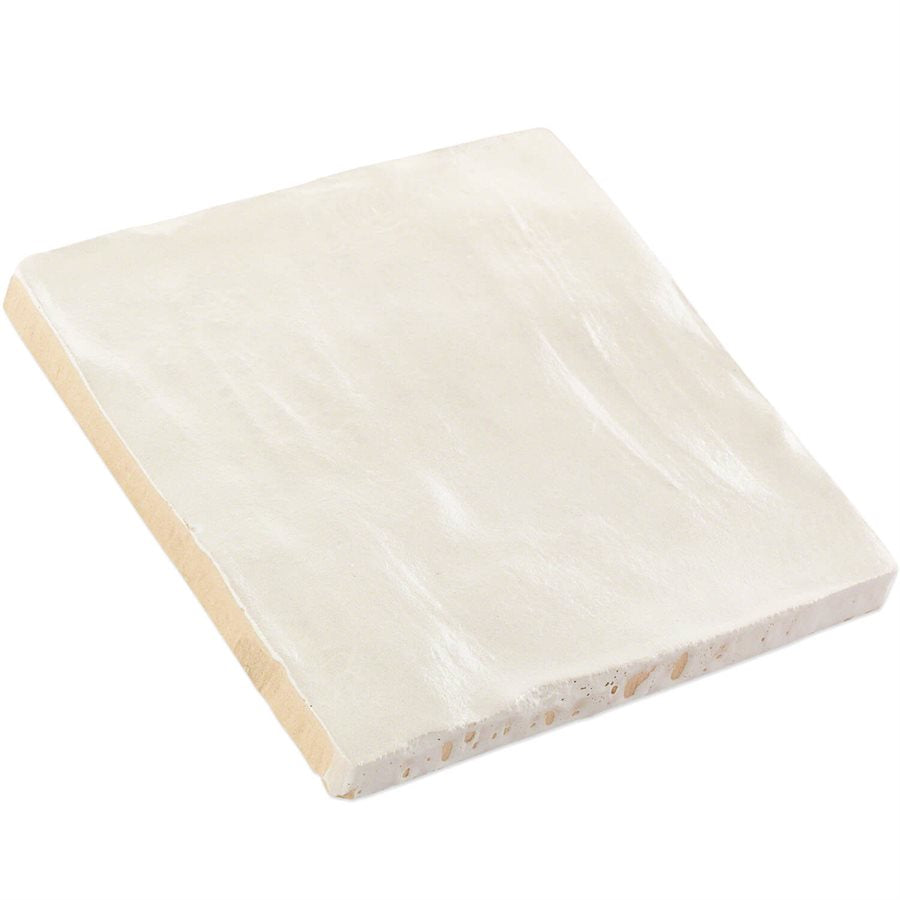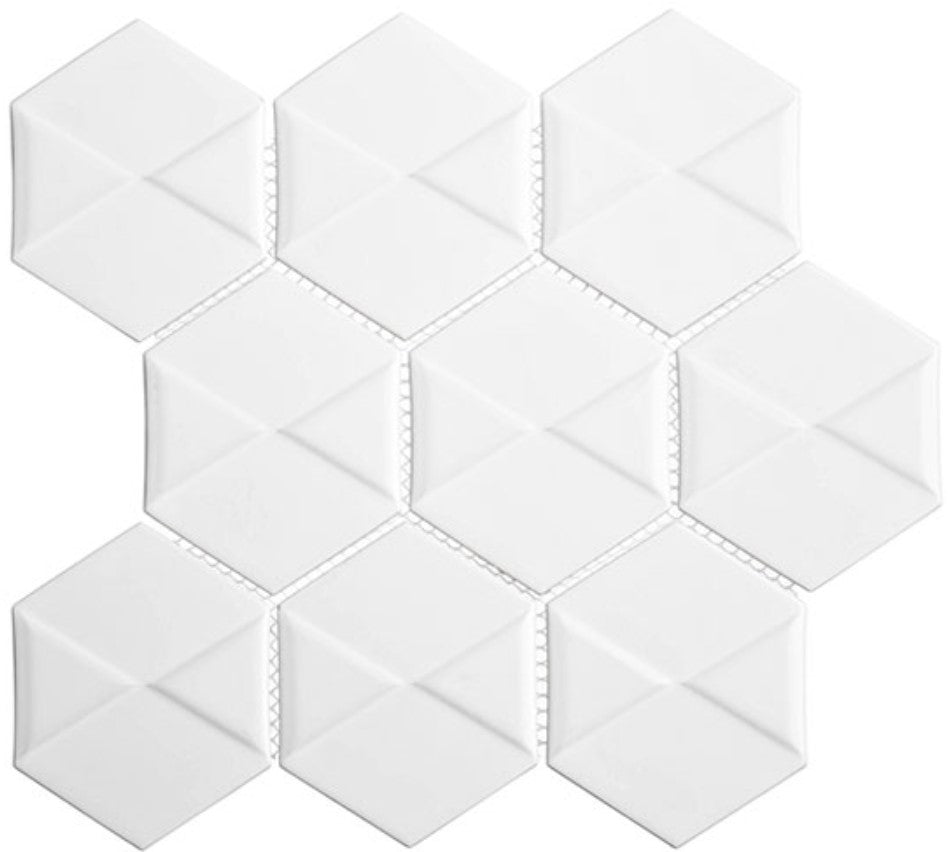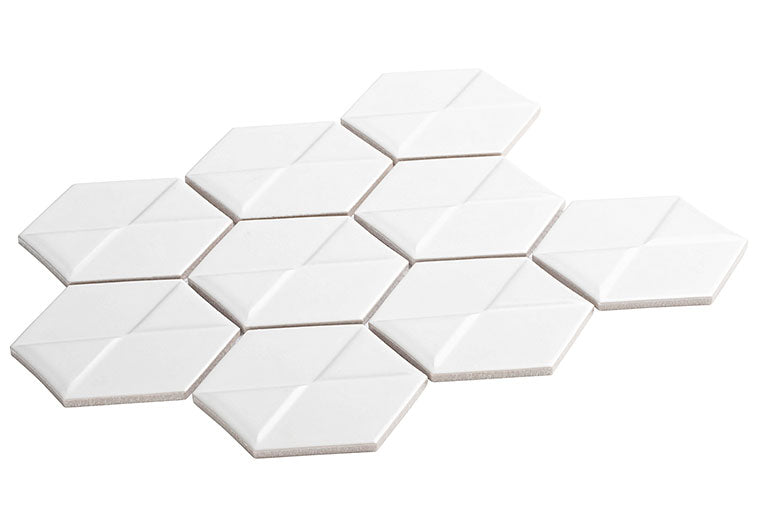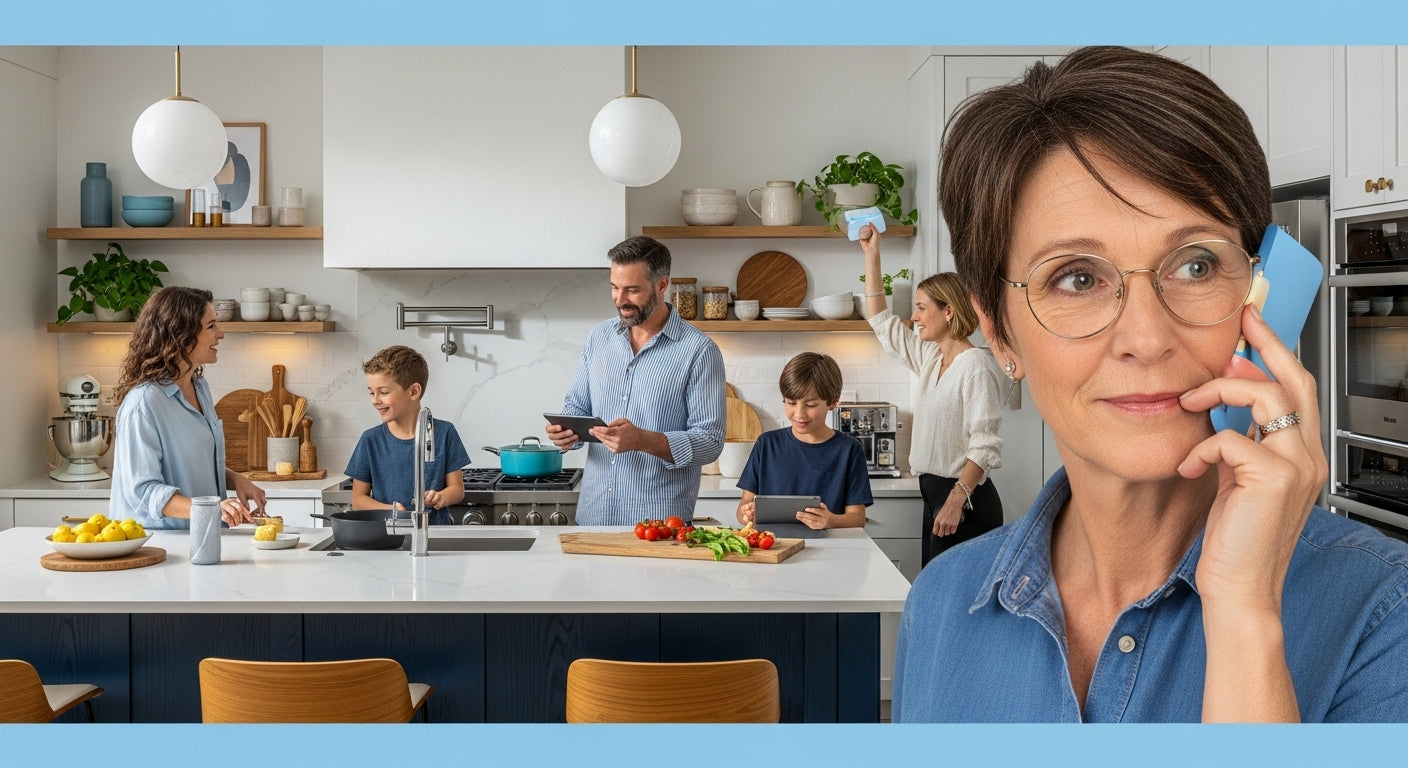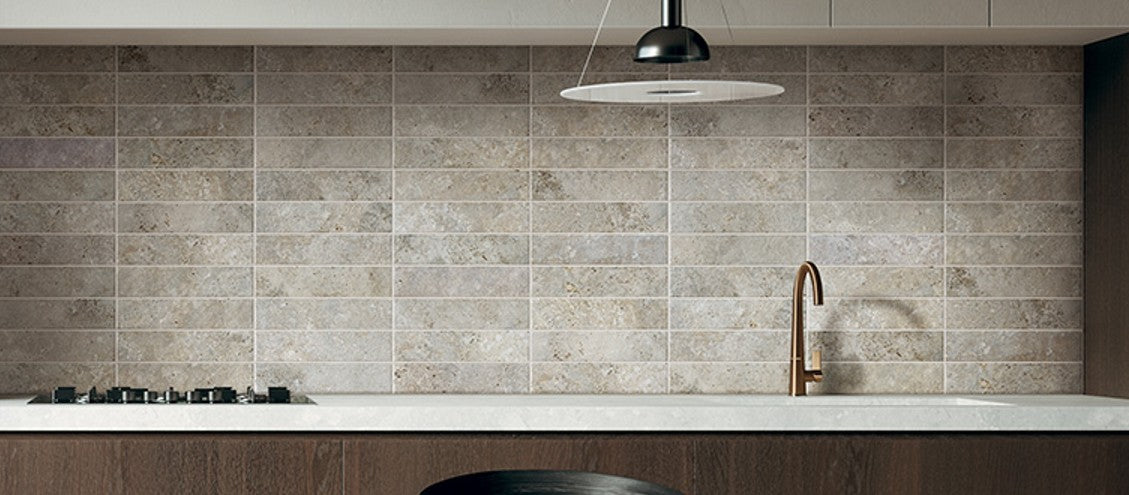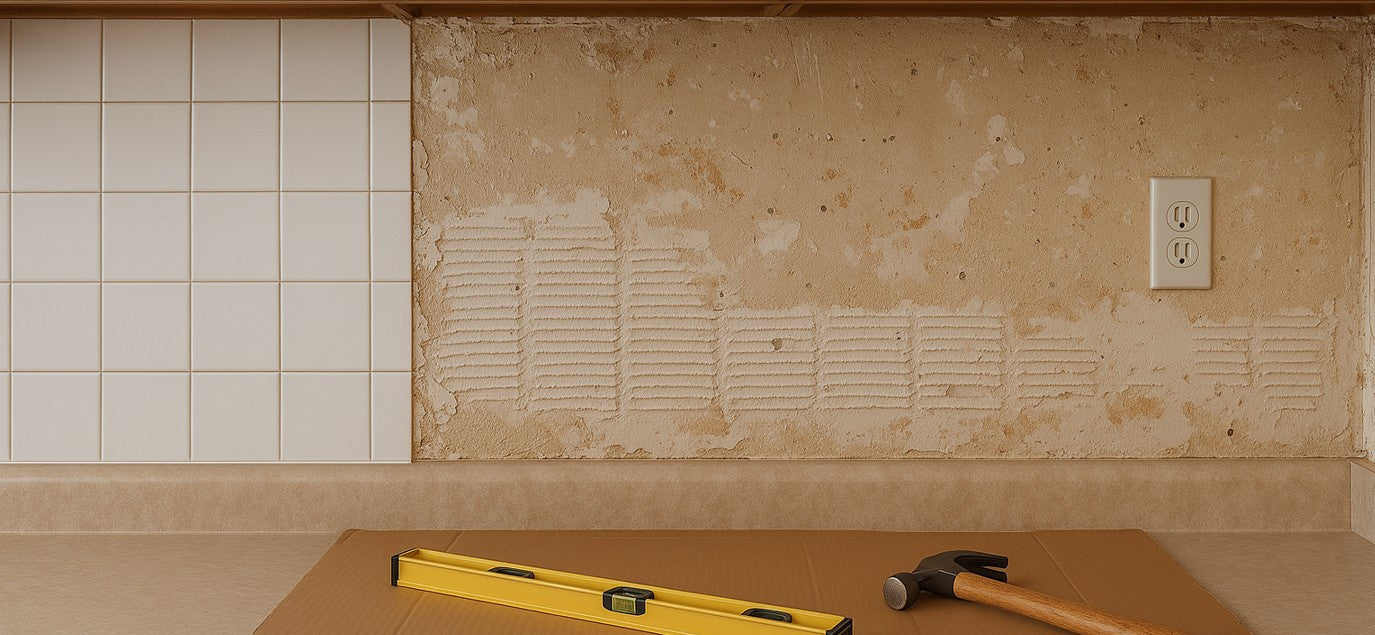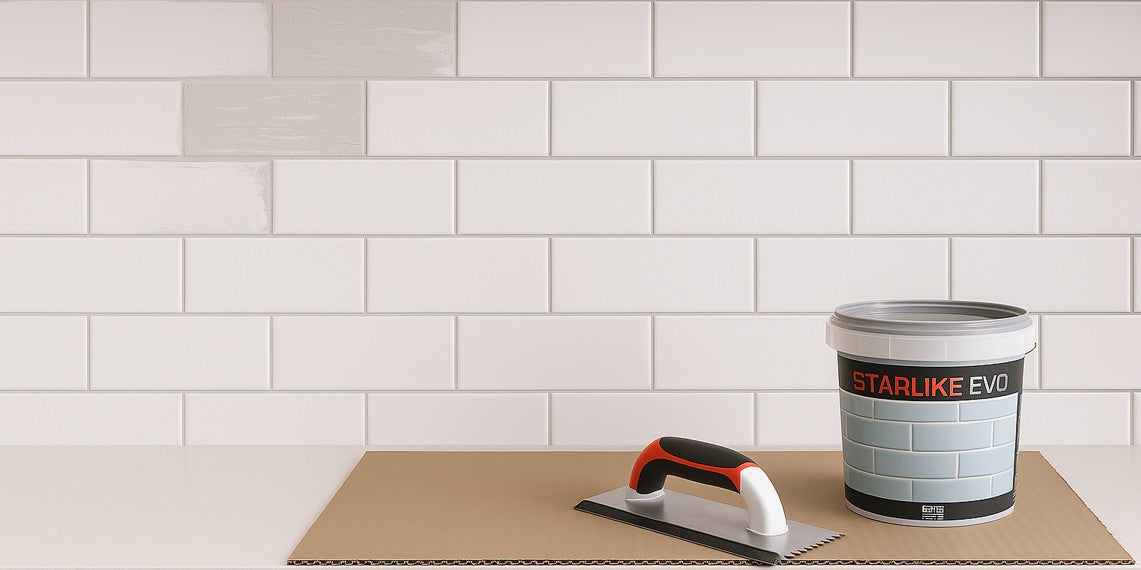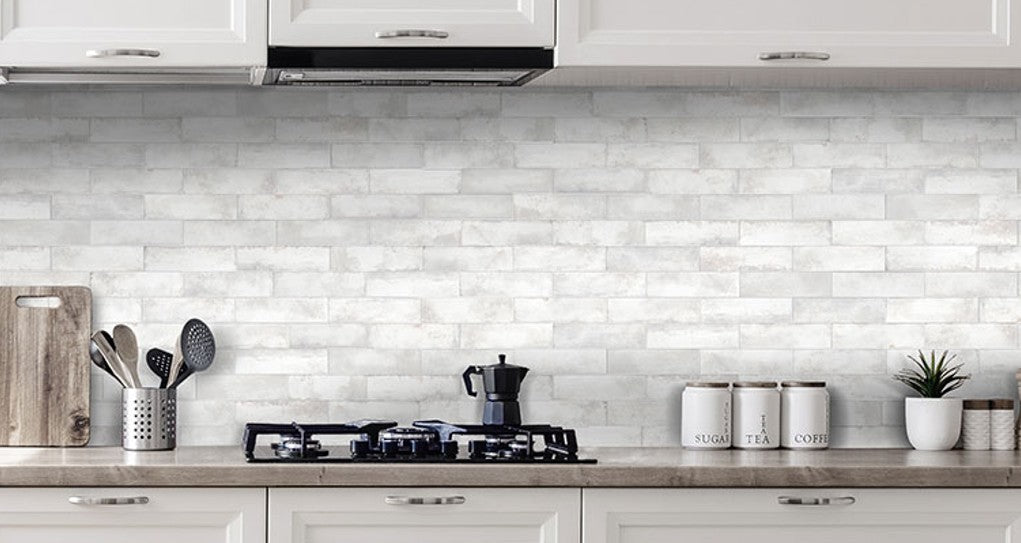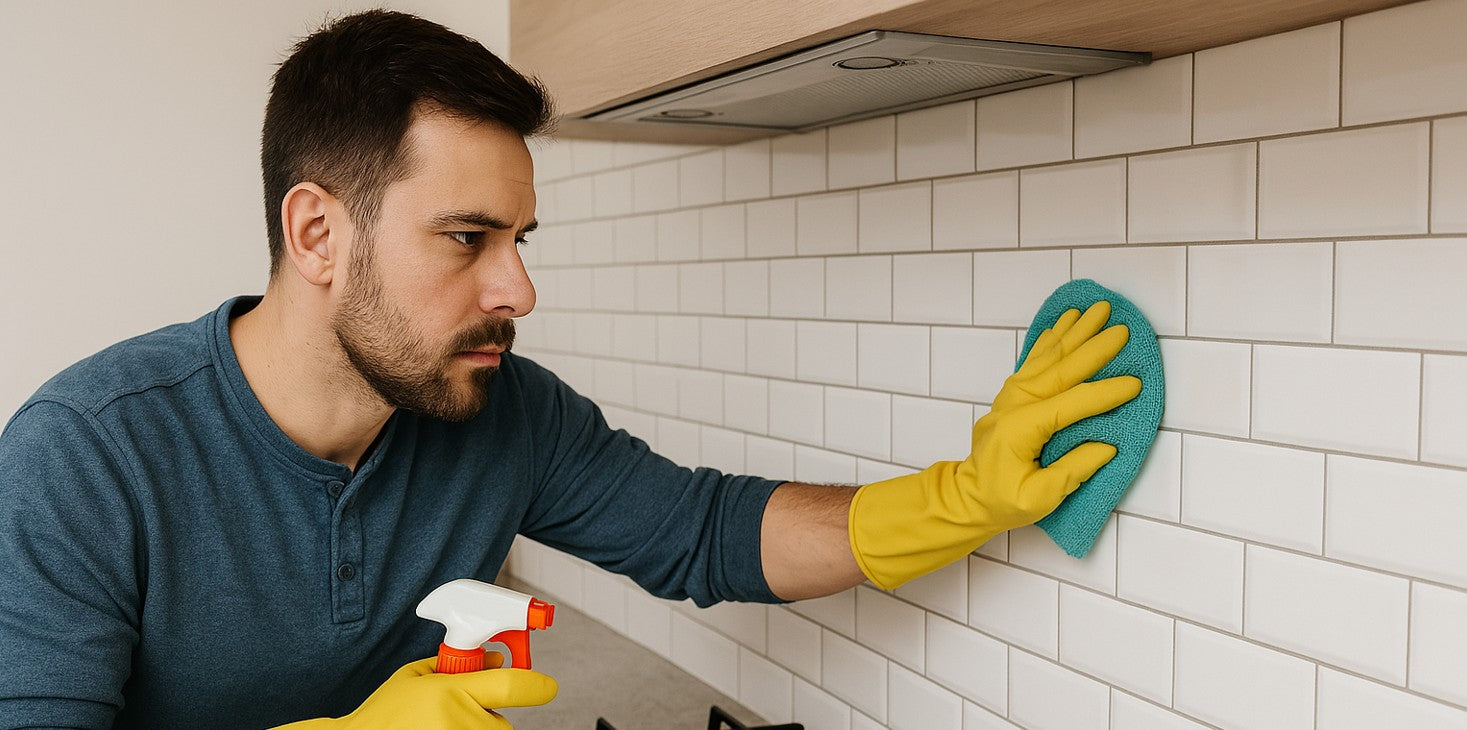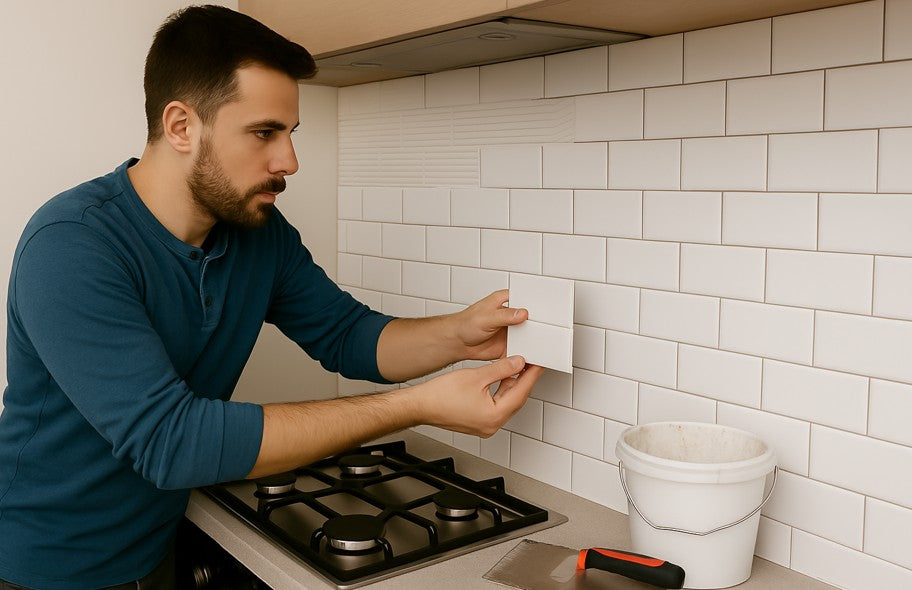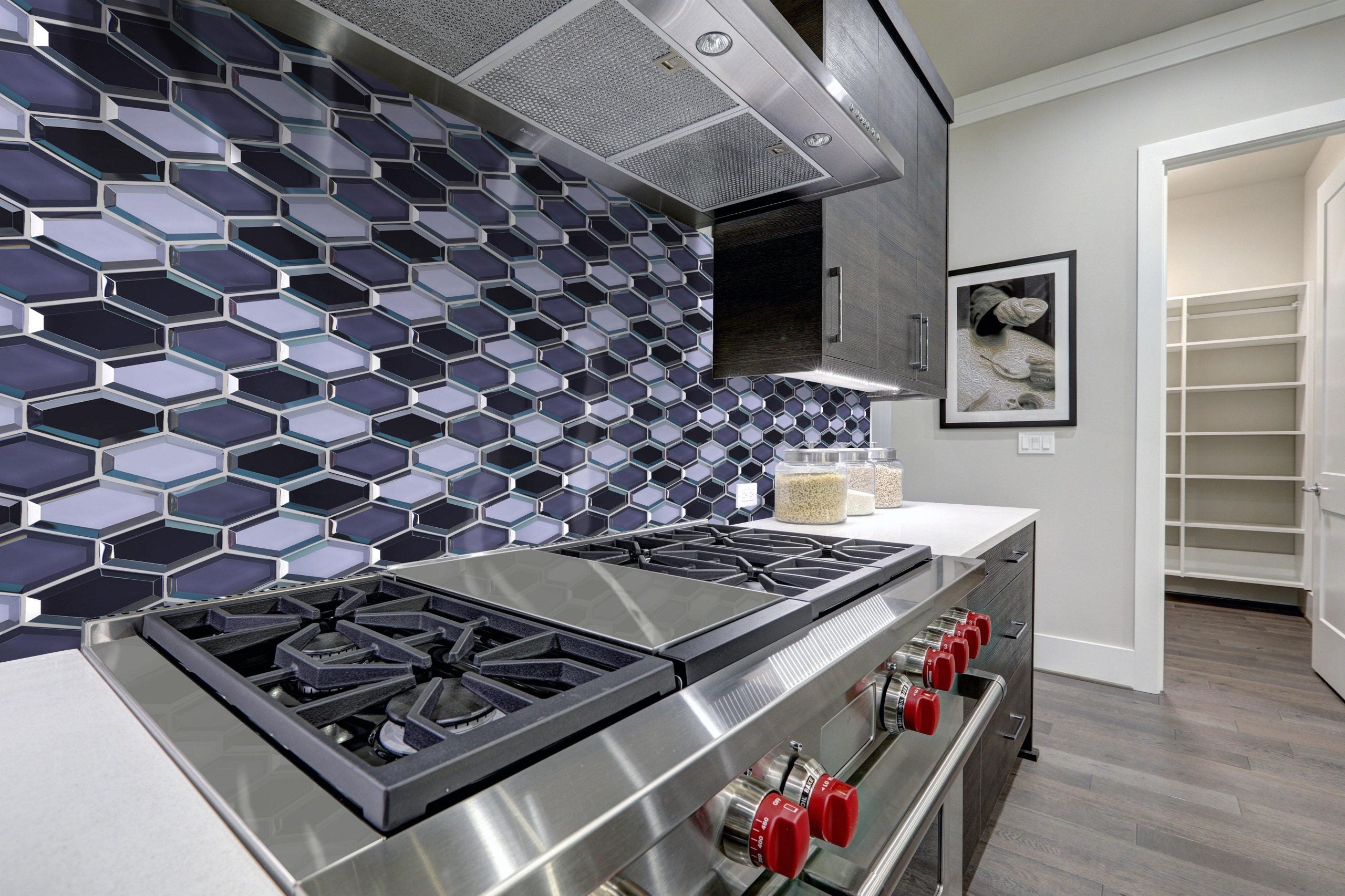Elevate Your Backsplash with Layered Design and Visual Interest
Backsplashes aren't just about protecting your walls—they’re an opportunity to express creativity and set the tone for your kitchen. One of the most effective ways to achieve a designer-level look is by mixing tile materials, textures, and finishes.
Whether you're going for sleek and modern or warm and rustic, combining different elements can create a stunning focal point that’s unique to your space. In this guide, we’ll show you how to mix materials the right way—without overwhelming your kitchen or your budget.
Why Mix Materials?
Using multiple tile types in one backsplash adds:
- Visual depth: Varying textures and finishes reflect light differently, adding layers to your design.
- Contrast and balance: Mixing glossy and matte, or glass and stone, can create dynamic visual interest.
- Customization: Combining materials lets you design something that’s uniquely yours.
💡 Pro Tip: Always consider your kitchen’s overall style and color palette before mixing materials. Aim for harmony, not competition.
Popular Tile Combinations That Work
1. Glass and Natural Stone
- Glass tiles bring shine and color
- Stone tiles offer texture and grounding earth tones
- Great for transitional or rustic-modern kitchens
2. Metal and Ceramic
- Brushed metal accents add an industrial edge
- Ceramic offers color variety and affordability
- Perfect for modern and contemporary styles
3. Glossy and Matte Tiles
- Adds contrast without changing color palette
- Matte finish hides fingerprints; gloss bounces light
- Use matte as a base with glossy as accents or borders
4. Subway Tile with Mosaic Accents
- Classic subway tile keeps things timeless
- Mosaic strip adds a focal point behind a stove or sink
- Works well in traditional, coastal, or eclectic kitchens
Mixing Finishes: Matte, Glossy, Textured
Beyond material, mixing finishes helps define space and personality.
Glossy Finish
- Reflects light
- Ideal for small kitchens
- Easy to clean but may show smudges
Matte Finish
- Subtle and soft appearance
- Hides water spots and fingerprints
- Pairs well with natural elements
Textured or Dimensional Tile
- Adds movement and tactile appeal
- Use sparingly to avoid visual clutter
- Perfect for creating a feature strip or niche
📌 Design Tip: Use textured tiles as accents, not the main surface—they draw attention and are harder to clean.
How to Successfully Combine Tile Types
Here’s a step-by-step approach for a balanced mixed-material backsplash:
1. Choose a Primary Material
Start with a tile that makes up 60–80% of the design. This could be a neutral subway tile or a large-format ceramic.
2. Select a Contrasting Accent
Pick a tile with a different material or finish—such as a glass mosaic strip or a matte stone insert—to act as an accent.
3. Stick to a Cohesive Color Scheme
Even with multiple materials, sticking to a defined palette ensures harmony. Think: all warm tones or cool grays and blues.
4. Plan Layout Carefully
Use the accent tiles in a stripe, inset panel, border, or behind a feature like the range hood.
5. Mock It Up
Lay out your chosen tiles together on a board or countertop to visualize how they interact in natural light.
Mixing Mistakes to Avoid
- Too many textures or finishes: Stick to 2–3 max to avoid sensory overload.
- Clashing grout lines: If tile sizes or patterns differ, align grout lines thoughtfully.
- Ignoring cleanability: Textured or porous tiles are harder to clean—keep them away from high-splash zones.
- Mixing incompatible materials: Some tiles expand differently with heat or moisture—check manufacturer guidance.
Installation Considerations
Combining materials requires proper prep and planning:
- Use the right adhesive for each tile type (glass vs. stone may require different thinset).
- Ensure all tiles are of similar thickness or use trim pieces to create a flush transition.
- Consider professional installation for complex patterns or specialty materials.
Final Thoughts
Combining tile materials, textures, and finishes is one of the most impactful ways to elevate your kitchen backsplash. Done right, it adds personality, sophistication, and visual excitement—while still being practical for everyday use.
Whether you're layering glass over stone, adding a touch of metal, or pairing matte and gloss finishes, Tile Choices has the selection and expertise to help you build your perfect backsplash.

